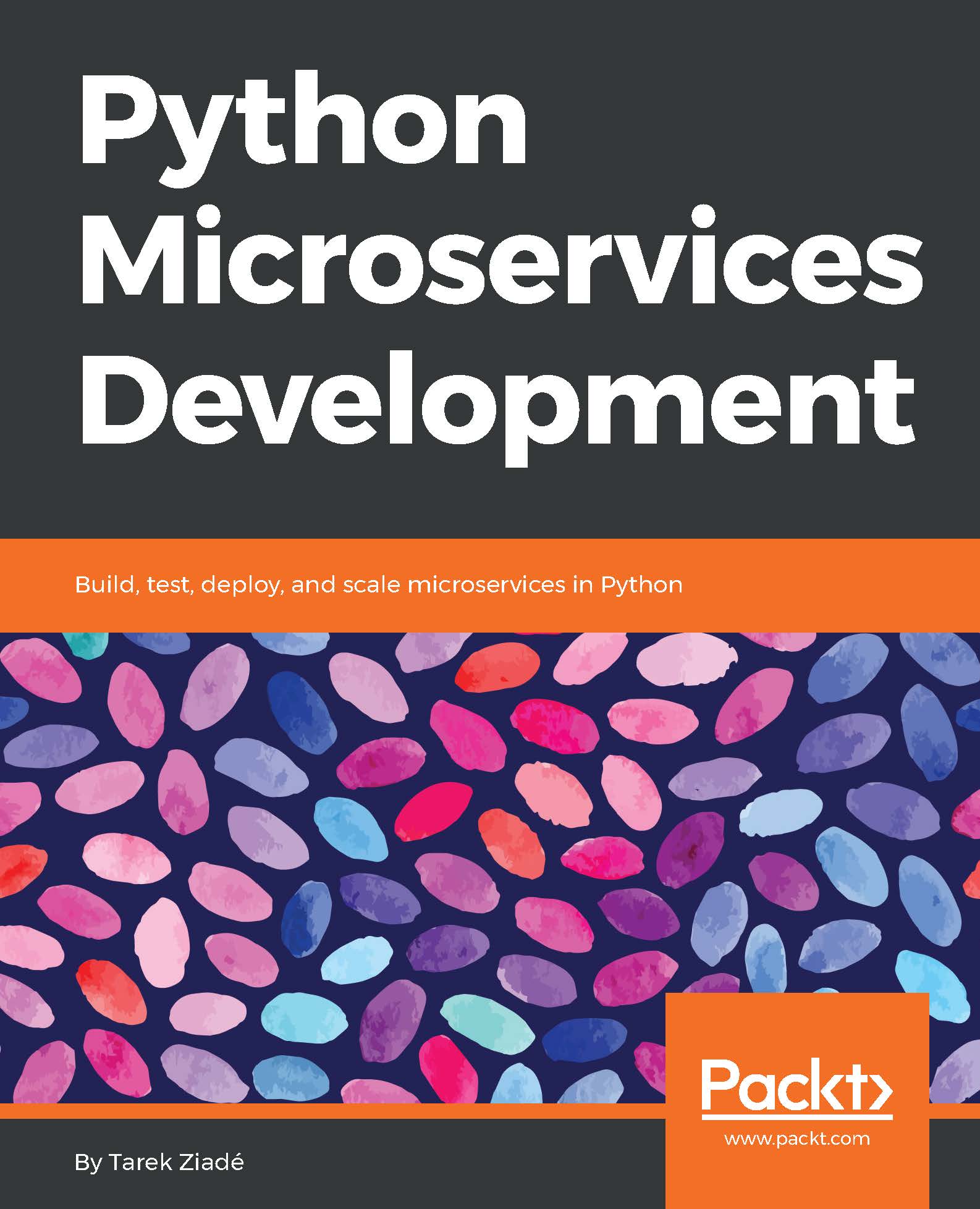We're always trying to improve how we build software, and since the punched-card era, we have improved a lot, to say the least.
The microservices trend is one improvement that has emerged in the last few years, partially based on companies' willingness to speed up their release cycles. They want to ship new products and new features to their customers as fast as possible. They want to be agile by iterating often, and they want to ship, ship, and ship again.
If thousands, or even millions, of customers use your service, pushing in production an experimental feature, and removing it if it does not work, is considered good practice rather than baking it for months before you publish it.
Companies such as Netflix are promoting their continuous delivery techniques where small changes are made very often into production, and tested on a subset of the user base. They've developed tools such as Spinnaker (http://www.spinnaker.io/) to automate as many steps as possible to update production, and ship their features in the cloud as independent microservices.
But if you read Hacker News or Reddit, it can be quite hard to detangle what's useful for you and what's just buzzwords-compliant journalistic-style info.
This chapter is going to help you understand what are microservices, and will then focus on the various ways in which you can implement them using Python. It's composed of the following few sections:
- A word on Service-Oriented Architecture
- Monolithic approach of building an application
- Microservices approach of building applications
- Benefits of microservices
- Pitfalls in microservices
- Implementing microservices with Python
Hopefully, once you've reached the end of the chapter, you will be able to dive into building microservices with a good understanding of what they are and what they aren't--and how you can use Python.


